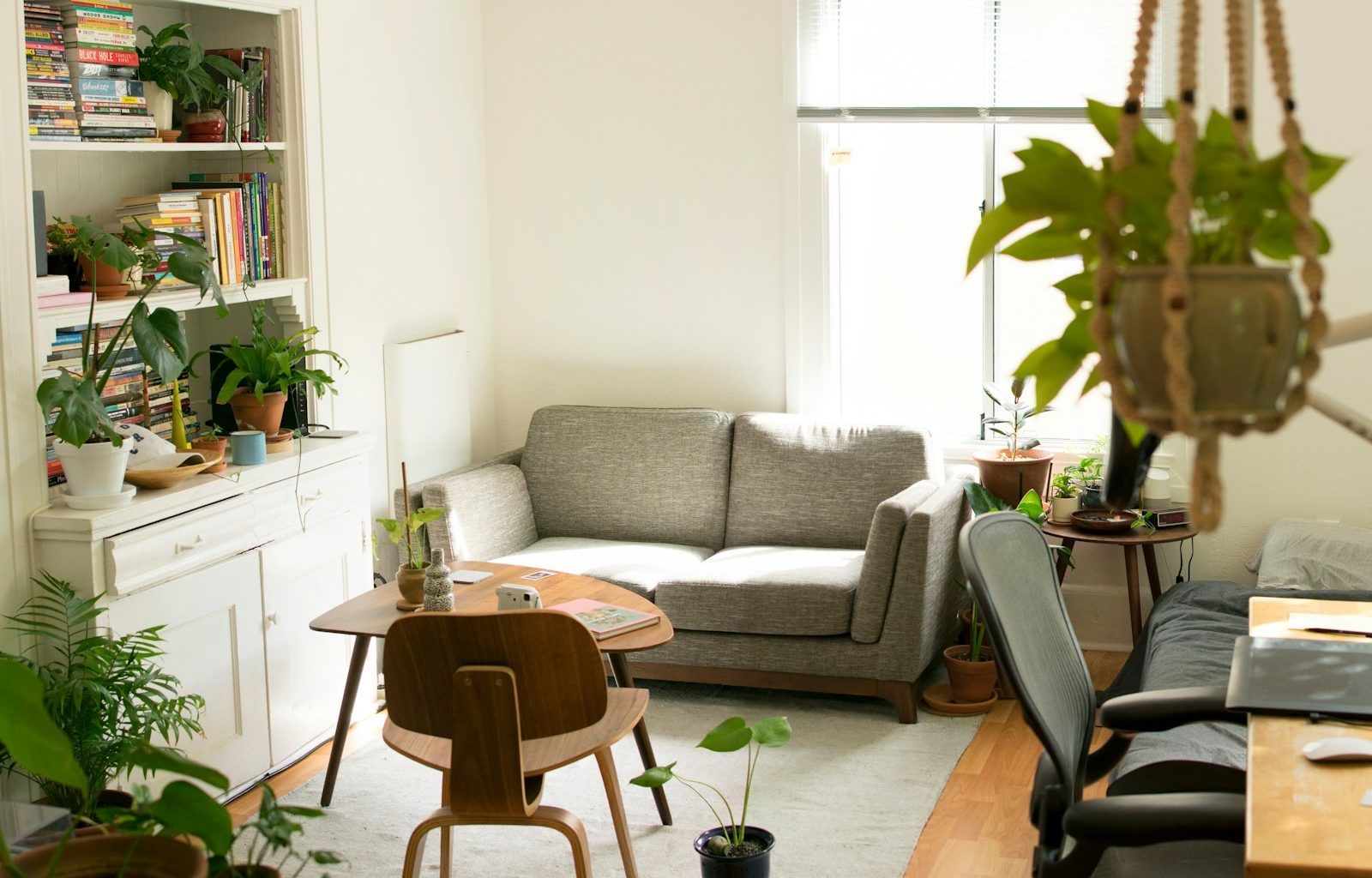Singing is one of the purest forms of self-expression. Whether you’re practicing for a performance or simply singing for fun, having the right equipment at home can make a world of difference. Setting up your own singing space doesn’t have to be complicated or expensive, but it does require some thought. Let’s explore everything you need to know about singing at home equipment and how it can enhance your vocal journey.
Why Singing at Home Matters
Singing at home offers a private, relaxed environment where you can practice and experiment with your voice. This freedom is especially valuable for beginners who might feel self-conscious about singing in front of others. With the right equipment, you can create a setup that mimics professional conditions, helping you grow as a singer without ever leaving your house.
Must-Have Singing Equipment for Your Home
1. Microphone
A good microphone is the cornerstone of any home singing setup. It captures your voice clearly and helps you understand how you sound. For beginners, a USB microphone is a great option because it’s easy to set up and use. If you’re more advanced, consider investing in an XLR microphone, which offers better sound quality but requires an audio interface.
Popular options:
- USB microphones: Blue Yeti, Audio-Technica ATR2100x
- XLR microphones: Shure SM58, Rode NT1-A
2. Audio Interface
If you choose an XLR microphone, you’ll need an audio interface. This device connects your microphone to your computer and converts your voice into a digital signal. Look for interfaces that are easy to use and have excellent sound quality.
Recommended models:
- Focusrite Scarlett 2i2
- PreSonus AudioBox USB 96
3. Headphones
Good headphones allow you to hear yourself accurately while singing. They’re essential for recording and monitoring your voice. Over-ear headphones are ideal because they provide better sound isolation.
Top picks:
- Audio-Technica ATH-M50x
- Beyerdynamic DT 770 Pro
4. Pop Filter
A pop filter is a simple but effective tool that reduces plosive sounds (like “p” and “b”) when you sing. It’s an affordable addition to your setup and can significantly improve your recordings.
5. Microphone Stand
A sturdy microphone stand keeps your hands free and ensures consistent sound quality. Adjustable stands are best because they let you sing comfortably, whether you’re sitting or standing.
6. Acoustic Treatment
To get the best sound quality, you need to control the acoustics of your room. Foam panels, bass traps, and diffusers help reduce echo and absorb unwanted sound. If you’re on a budget, even heavy curtains or bookshelves can make a difference.
7. Recording Software
For singers who want to record and analyze their performances, recording software is a must. Free options like Audacity are great for beginners, while more advanced singers might prefer software like Logic Pro or Ableton Live.
Optional Add-Ons for Singing at Home
1. Portable Vocal Booth
A portable vocal booth helps isolate your voice from background noise. While it’s not essential, it’s a great investment if you plan to record often.
2. Keyboard or Piano
Having a keyboard or piano at home can help with pitch accuracy and vocal exercises. Even a small, affordable keyboard can be a valuable tool for singers.
3. Vocal Effects Processor
If you’re into experimenting with your sound, a vocal effects processor can add reverb, delay, and other effects to your voice. These devices are more common among advanced singers and performers.
Setting Up Your Singing Space
Choose the Right Room
The best room for singing is quiet and free from distractions. Ideally, it should have some soft furnishings to absorb sound and prevent echo.
Arrange Your Equipment
Place your microphone, stand, and pop filter in a comfortable position. Keep your audio interface and recording software within easy reach. Make sure your headphones are plugged in and ready to use.
Test Your Setup
Before diving into practice or recording, test your setup to ensure everything is working properly. Check your microphone levels, adjust your pop filter, and do a quick sound test.
Tips for Practicing Singing at Home
1. Warm Up Your Voice
Always start with a vocal warm-up to prepare your voice and prevent strain. Simple exercises like lip trills, scales, and humming can make a big difference.
2. Record Yourself
Recording your practice sessions is a great way to track your progress and identify areas for improvement. Listen back with a critical ear and take notes on what to work on.
3. Stay Consistent
Consistency is key when it comes to improving your singing. Set aside dedicated practice time each day, even if it’s just 20 minutes.
4. Experiment and Have Fun
Don’t be afraid to experiment with different styles, techniques, and equipment. Singing should be an enjoyable experience, so make time to explore your creativity.
Maintaining Your Singing Equipment
Clean Your Microphone
Microphones can accumulate dust and moisture over time. Clean your microphone regularly with a dry cloth and use a cover when it’s not in use.
Store Equipment Properly
When you’re not using your equipment, store it in a safe, dry place. This prevents damage and ensures it lasts longer.
Update Your Software
If you’re using recording software, keep it updated to access the latest features and improvements.
Benefits of Singing at Home
Singing at home with the right equipment can boost your confidence, improve your skills, and even serve as a form of therapy. It’s a rewarding hobby that offers endless opportunities for growth and self-expression. Plus, having your own setup saves you time and money compared to studio rentals.
Conclusion
Investing in singing at home equipment doesn’t have to be overwhelming. Start with the basics—a good microphone, headphones, and a pop filter—and build your setup over time. With the right tools and a dedicated space, you can create a professional-quality environment that helps you shine as a singer. Remember, the most important thing is to enjoy the process and let your passion for music guide you.
For further reading, explore these related articles:
- Taylor Swift Spotify Streams: How She Became the Queen of Streaming
- Mo Bamba Lyrics: The Story of a Song That Took the World by Storm
For additional resources on music marketing and distribution, visit DMT Records Pvt. Ltd..






